What is the Difference Between Roller Bearing and Ball Bearing?
Introduction
When it comes to choosing the right bearing for your application, understanding the differences between roller bearings and ball bearings is crucial. Both serve the essential purpose of reducing friction between moving parts, but their design, application, and performance characteristics are distinct. This blog will explore these differences in detail, providing insights that will help you make an informed decision for your specific needs.
What Applications are Roller Bearings Best Suited For?
Four Row Cylindrical Roller Bearings are engineered to handle heavy radial loads, making them ideal for applications where high load capacity is critical. These bearings use cylindrical rollers to distribute the load across a larger contact area, which enhances their load-bearing capabilities compared to ball bearings. Roller bearings are commonly used in industries such as construction, mining, and agriculture, where machinery must withstand intense stresses and high shock loads. For instance, cylindrical roller bearings, a subtype of roller bearings, are often employed in conveyor belts, gearboxes, and industrial fans, where their ability to manage both radial and axial loads is essential.
In contrast, ball bearings are more suitable for applications requiring high rotational speeds with moderate loads, such as electric motors and household appliances. While ball bearings are generally less expensive, four-row cylindrical roller bearings offer greater durability and load capacity, making them the preferred choice for heavy-duty applications.
How Do Ball Bearings Handle Speed Compared to Roller Bearings?
Ball bearings are particularly well-suited for applications that require high-speed operation. The spherical shape of the rolling elements in ball bearings minimizes contact with the races, reducing friction and allowing for smoother, faster rotation. This makes ball bearings ideal for high-speed machinery like electric motors, pumps, and gearboxes. However, the reduced contact area also limits their load-carrying capacity, making them less suitable for heavy-duty applications.
On the other hand, roller bearings, including cylindrical and needle roller bearings, are designed for slower operations but can handle much higher loads. The line contact of roller bearings allows them to support more significant loads and endure harsher environments, albeit at the cost of reduced speed capacity. This trade-off makes roller bearings the go-to option for applications where load capacity is more critical than speed, such as in construction equipment or industrial machinery.
Why Choose Four Row Cylindrical Roller Bearings for Heavy-Duty Applications?
When it comes to heavy-duty applications, four-row cylindrical roller bearings are often the best choice due to their exceptional load-carrying capacity. These bearings are specifically designed to handle heavy radial loads with minimal axial displacement, making them ideal for use in large machinery like rolling mills, where precise alignment and high durability are essential. The four-row configuration provides a larger contact area, distributing the load evenly across the bearing and significantly reducing wear and tear.
Moreover, the design of four-row cylindrical roller bearings allows them to maintain performance under high stress and in environments where temperature fluctuations might cause other types of bearings to fail. Their robust construction and ability to manage both radial and thrust loads make them indispensable in industries like steel manufacturing and heavy-duty construction.
Conclusion
Choosing between ball bearings and roller bearings depends largely on your application's specific requirements. Ball bearings excel in high-speed applications with moderate loads, while roller bearings are designed for heavy-duty tasks where load capacity is paramount. Understanding these differences, along with the unique benefits of specialized bearings like four-row cylindrical roller bearings, will help you make the best choice for your machinery and operations. If you want to get more information about four-row cylindrical roller bearings, you can contact us at sale@chg-bearing.com!
References
Nippon Bearing. What is the difference between a roller bearing and a ball bearing?
Nicer Bearing. Roller Bearings vs. Ball Bearings: What's the Difference?
Tameson. Ball vs Roller Bearings
RS Components. A Guide to Roller Bearings
WZZG Bearing. Ball Bearings vs. Roller Bearings: What are the Key Differences?
NB Corporation. Difference Between Roller Bearing and Ball Bearing
Tameson. Ball vs Roller Bearings
SLS Bearings. The Many Uses of Roller Bearings in Different Machines
RS Online. A Guide to Roller Bearings
WZZG Bearing. Ball Bearings vs. Roller Bearings: What are the Key Differences?
YOU MAY LIKE
-
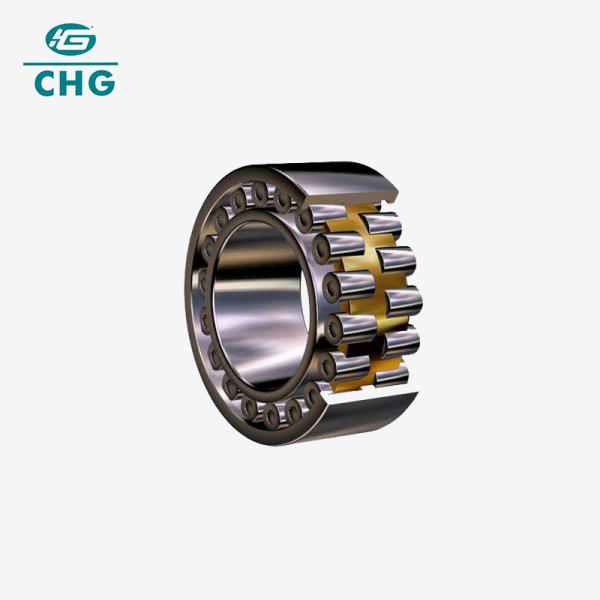 VIEW MORESpherical Roller Bearings
VIEW MORESpherical Roller Bearings -
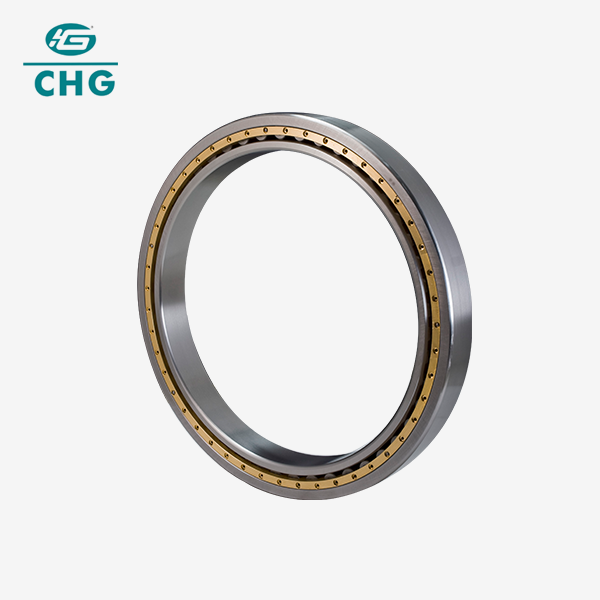 VIEW MORESingle Row Cylindrical Roller Bearing
VIEW MORESingle Row Cylindrical Roller Bearing -
 VIEW MORESpherical Roller Bearing
VIEW MORESpherical Roller Bearing -
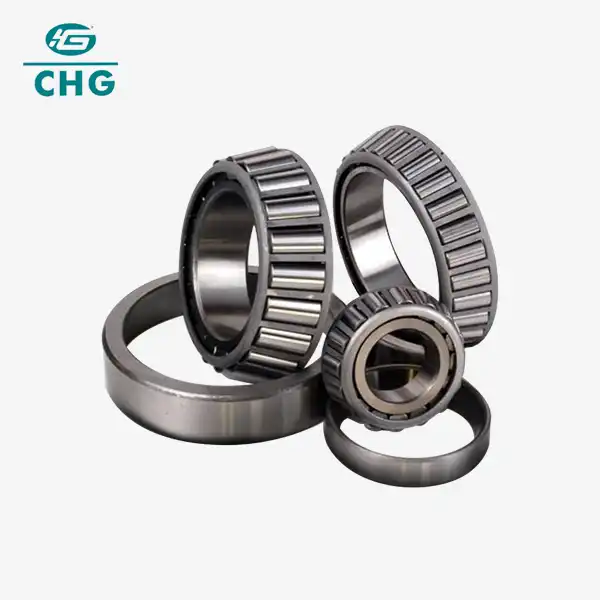 VIEW MORESealed Tapered Roller Bearing
VIEW MORESealed Tapered Roller Bearing -
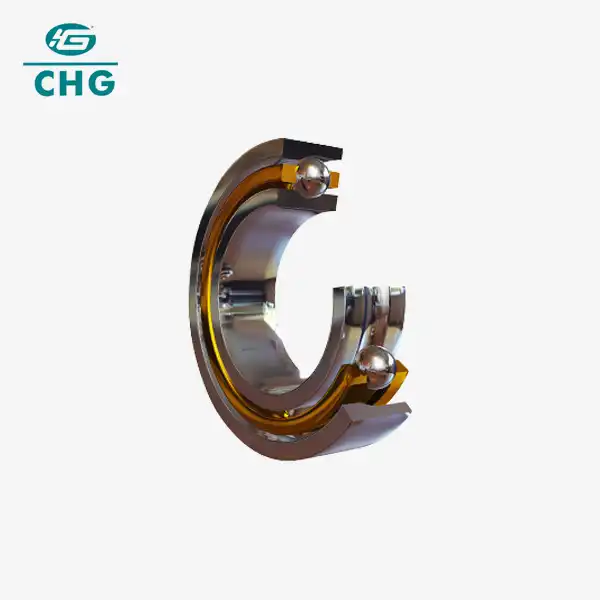 VIEW MOREDeep Groove Ball Bearing - Double Rows
VIEW MOREDeep Groove Ball Bearing - Double Rows -
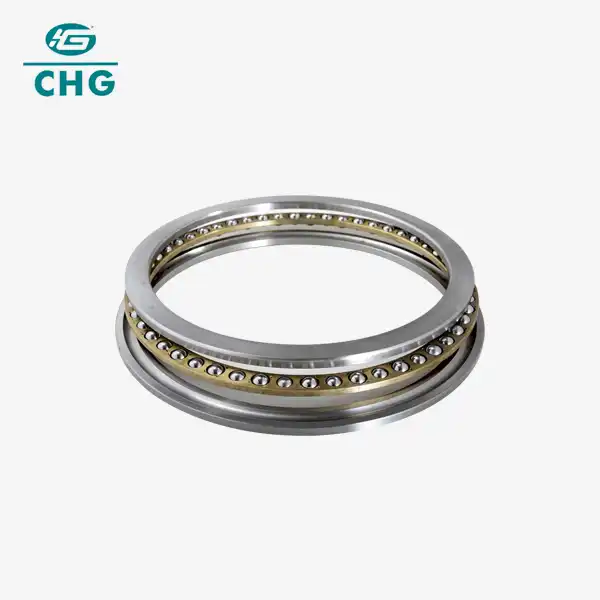 VIEW MOREAxial Ball Thrust Bearing
VIEW MOREAxial Ball Thrust Bearing -
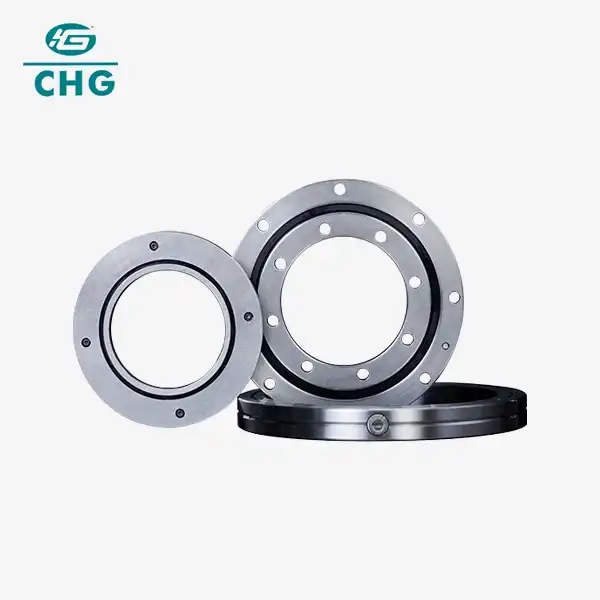 VIEW MOREHigh Rigidity Crossed Roller Bearing
VIEW MOREHigh Rigidity Crossed Roller Bearing -
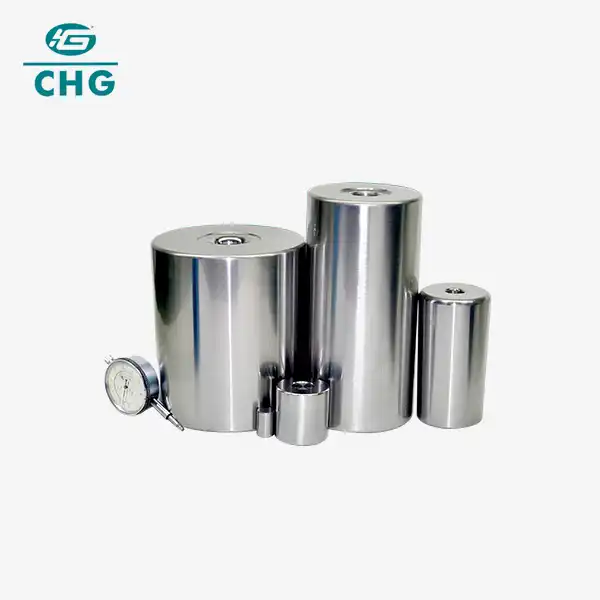 VIEW MORECylindrical Rollers
VIEW MORECylindrical Rollers

